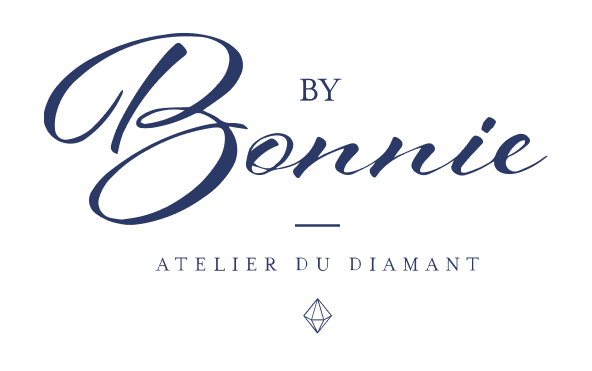
4.50ct Round Diamond French Pave vs 3ct Round Diamond Solitaire
Share
If you’re drawn to something timeless and classic, this blog is for you. Grab a pen and paper, because I’m breaking down all the sparkling details you didn’t even know you needed.
We’ll be comparing a 3 carat diamond to a 4.5 carat side by side, diving into solitaire versus pavé settings, exploring millimeter differences, and talking about wedding band pairings. And for my fellow detail lovers — you’re in for a treat.
Meet the Diamonds: Side-by-Side Comparisons
On my left hand: a 3 carat, classic knife-edge solitaire paired with a double gallery, 2.8mm wedding band.
On my right: a 4.5 carat French pavé, six-prong tulip, paired with a 4.7mm oval wedding band.
If you’re someone who loves the clean, uninterrupted sparkle of a solitaire with nothing on the sides, the 3 carat knife-edge combo delivers a timeless, refined look. I’ve personally worn a similar style — though I added a touch of sparkle to the band — for my own five-year upgrade. Pairing a 2.3mm solitaire band with a 2.8mm wedding band creates proportions that feel balanced yet substantial.
Design Details That Matter
In the pavé corner, we have our signature tulip prongs — perfect for those who want a feminine, floral touch. For this design, I used a 2.6mm tapered cathedral French pavé band.
If you’re wondering about cathedral vs. non-cathedral, the cathedral design offers extra support for the center stone and creates a more dramatic profile.
When comparing the 3 carat to the 4.5 carat, the jump in size becomes especially noticeable once you pass that 4 carat mark.
I even removed the wedding band so you can see just how impactful the solitaire is on its own. For some, 4.5 carats may feel too bold, but for my big-diamond lovers, you know there’s no such thing as “too much sparkle.”
Band Pairings: Chunky vs. Dainty
For the 3 carat solitaire, pairing it with a 4mm wedding band gives a chunkier, more statement-making look.
Personally, I love this bolder combo — maybe it’s because my personality matches it. My clients often gravitate toward this pairing because they can’t resist the extra bling.
We also explored switching the oval band to slightly larger rounds (about 4.3mm).
While I’ve worn cushion cuts before, I always find myself returning to the classic round for its unmatched sparkle and timelessness.
The Prong Style Bonus Tip
Prong style might seem like a minor detail, but it can completely transform the look of your ring.
Here, I compared a slightly flatter prong style with a more defined claw prong. Neither covers more of the center stone — it’s truly about style preference and the overall design harmony. Tulip prongs pair beautifully with more delicate designs, while chunkier rings can carry bolder prongs.
This is where working with a private jeweler becomes invaluable — you can communicate your vision and fine-tune every element, rather than settling for a mass-produced piece with no attention to detail.
Why the Details Make the Difference
I recently worked with a client stationed overseas (thank you for your service!), and he was tempted to buy a mass-produced ring online.
The problem? No craftsmanship, no personalization, and certainly no conversation about how the wedding band would fit with the engagement ring. Those fine details are what make a piece truly yours.
Final Thoughts: Solitaire or Pavé?
Whether you’re drawn to the sleek simplicity of a solitaire or the dazzling drama of pavé, both can be elevated by thoughtful design choices and meticulous craftsmanship. Your ring should be as timeless and unique as your story.
So — what’s your choice? Solitaire or pavé? Let me know in my DMs, and I’ll see you in my next blog!

